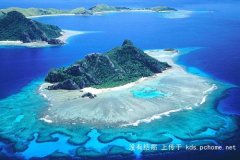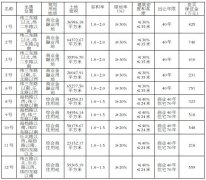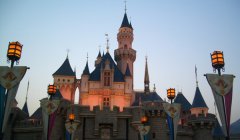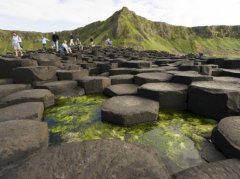值得一游的德国旅游景点英文介绍(一)
Potsdamer Platz (波茨坦广场)
Potsdamer Platz is an
important public square and traffic intersection in the centre of
Berlin, Germany, lying about one kilometre south of the Brandenburg
Gate and the Reichstag (German Parliament Building), and close to
the southeast corner of the Tiergarten park. It is named after the
city of Potsdam, some 25 km to the south west, and marks the point
where the old road from Potsdam passed through the city wall of
Berlin at the Potsdam Gate. After developing within the space of
little over a century from an intersection of rural thoroughfares
into the most bustling traffic intersection in Europe, it was
totally laid waste during World War II and then left desolate
during the Cold War era when the Berlin Wall bisected its former
location, but since the fall of the Wall it has risen again as a
glittering new heart for the city and the most visible symbol of
the new Berlin.
Berlin Wall (柏林墙)
The Berlin
Wall (German: Berliner Mauer) was a physical barrier separating
West Berlin from the German Democratic Republic (GDR) (East
Germany), including East Berlin. The longer inner German border
demarcated the border between East and West Germany. Both borders
came to symbolize the Iron Curtain between Western and Eastern
Europe.
The wall separated East Germany from West Germany for more than a
quarter-century, from the day construction began on August 13, 1961
until the Wall was opened on November 9, 1989.
During this
period, at least 136 people were confirmed killed trying to cross
the Wall into West Berlin, according to official figures. However,
a prominent victims' group claims that more than 200 people were
killed trying to flee from East to West Berlin. The East German
government issued shooting orders to border guards dealing with
defectors; such orders are not the same as shoot to kill orders
which GDR officials denied ever issuing.
When the
East German government announced on November 9, 1989, after several
weeks of civil unrest, that all GDR citizens could visit West
Germany and West Berlin, crowds of East Germans climbed onto and
crossed the wall, joined by West Germans on the other side in a
celebratory atmosphere. Over the next few weeks, parts of the wall
were chipped away by a euphoric public and by souvenir hunters;
industrial equipment was later used to remove almost all of the
rest of it.
The fall of
the Berlin Wall paved the way for German reunification, which was
formally concluded on October 3, 1990.
Brandenburg Gate (勃兰登堡门)
Brandenburg
Gate (German: Brandenburger Tor) is a former city gate and one of
the main symbols of Berlin and Germany. It is located west of the
city center at the intersection of Unter den Linden and
Ebertstrasse, immediately west of the Pariser Platz. It is the only
remaining gate of a series through which one formerly entered
Berlin. One block to the north stands the Reichstag. The gate is
the monumental entry to Unter den Linden, the renowned boulevard of
linden trees which formerly led directly to the city palace of the
Prussian monarchs. It was commissioned by King Frederick William II
of Prussia as a sign of peace and built by Carl Gotthard Langhans
from 1788 to 1791. The Brandenburg Gate was restored from 2000 to
2002 by the Stiftung Denkmalschutz Berlin (Berlin Monument
Conservation Foundation). Today, it is considered one of Europe's
most famous landmarks.










